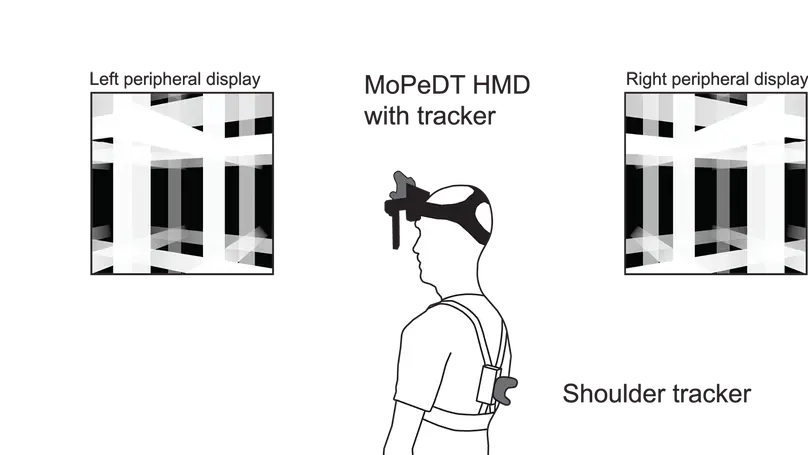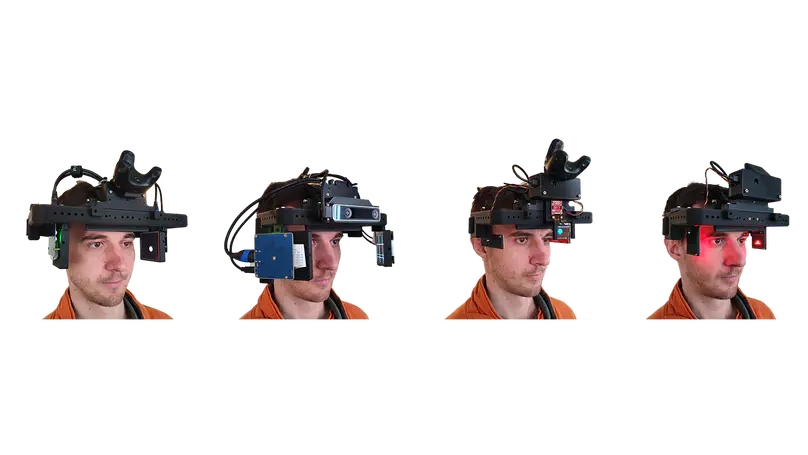Matthias Albrecht
Doctoral Researcher, Computer Science & Sport Science
HCI Group, University of Konstanz, Germany
Chair of Training and Movement Science, University of Konstanz, Germany
I’m a doctoral researcher at the University of Konstanz in Germany. My research interests are peripheral vision and its applications for human-computer interaction and postural stability. My goal is to understand how peripheral visual cues could benefit interaction, enhance everyday safety, and prevent balance-related falls.
- Human-Computer Interaction
- Peripheral Vision
- AR/VR
- Postural Balance & Fall Prevention
M.Sc. Computer and Information Science (with distinction), 2021
University of Konstanz, Germany
B.Sc. Computer Science, 2019
University of Konstanz, Germany
Featured Publications

Falls are a major health concern. Existing augmented reality (AR) and virtual reality solutions for fall prevention aim to improve balance in dedicated training sessions. We propose a novel AR prototype as an assistive wearable device to improve balance and prevent falls in daily life. We use a custom head-mounted display toolkit to present augmented visual orientation cues in the peripheral field of view. The cues provide a continuous space-stationary visual reference frame for balance control using the user’s tracked head position. In a proof of concept study, users performed a series of balance trials to test the effect of the displayed visual cues on body sway. Our results showed that body sway can be reduced with our device, indicating improved balance. We also showed that superimposed movements of the visual reference in forward-backward or sideways directions induce respective sway responses. This indicates a direction-specific balance integration of the displayed cues. Based on our findings, we conclude that artificially generated visual orientation cues using AR can improve balance and could possibly reduce fall risk.

In the past, a few specialized appliances were developed to display visual cues in the periphery, each designed for a single specific use case only. A multi-purpose headset to exclusively augment peripheral vision did not exist yet. We introduce MoPeDT: Modular Peripheral Display Toolkit, a freely available, flexible, reconfigurable, and extendable headset to conduct peripheral vision research.